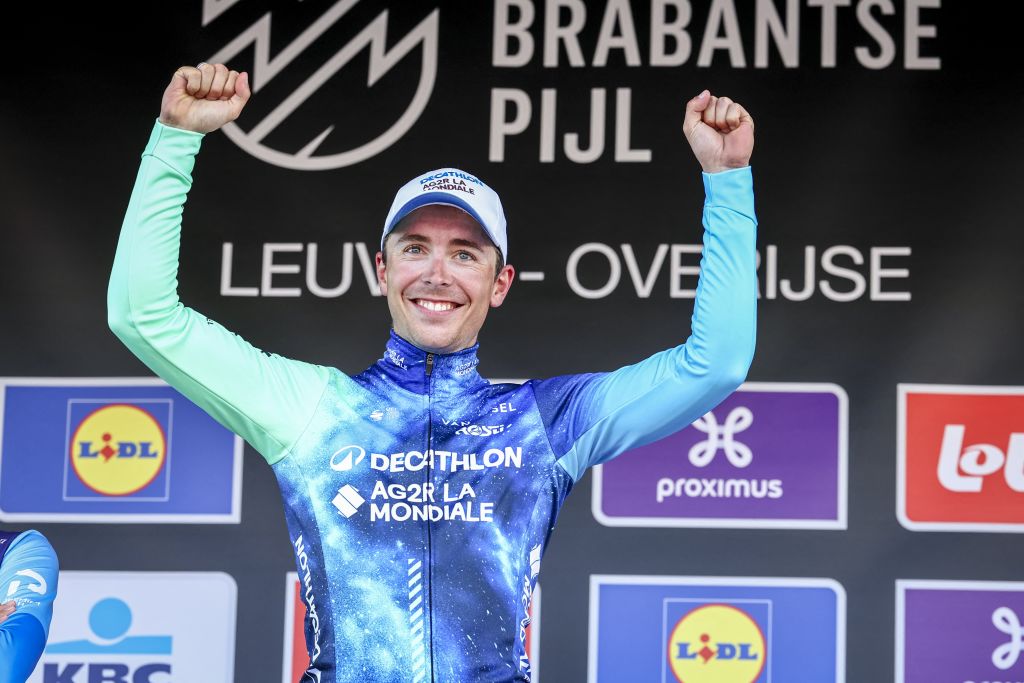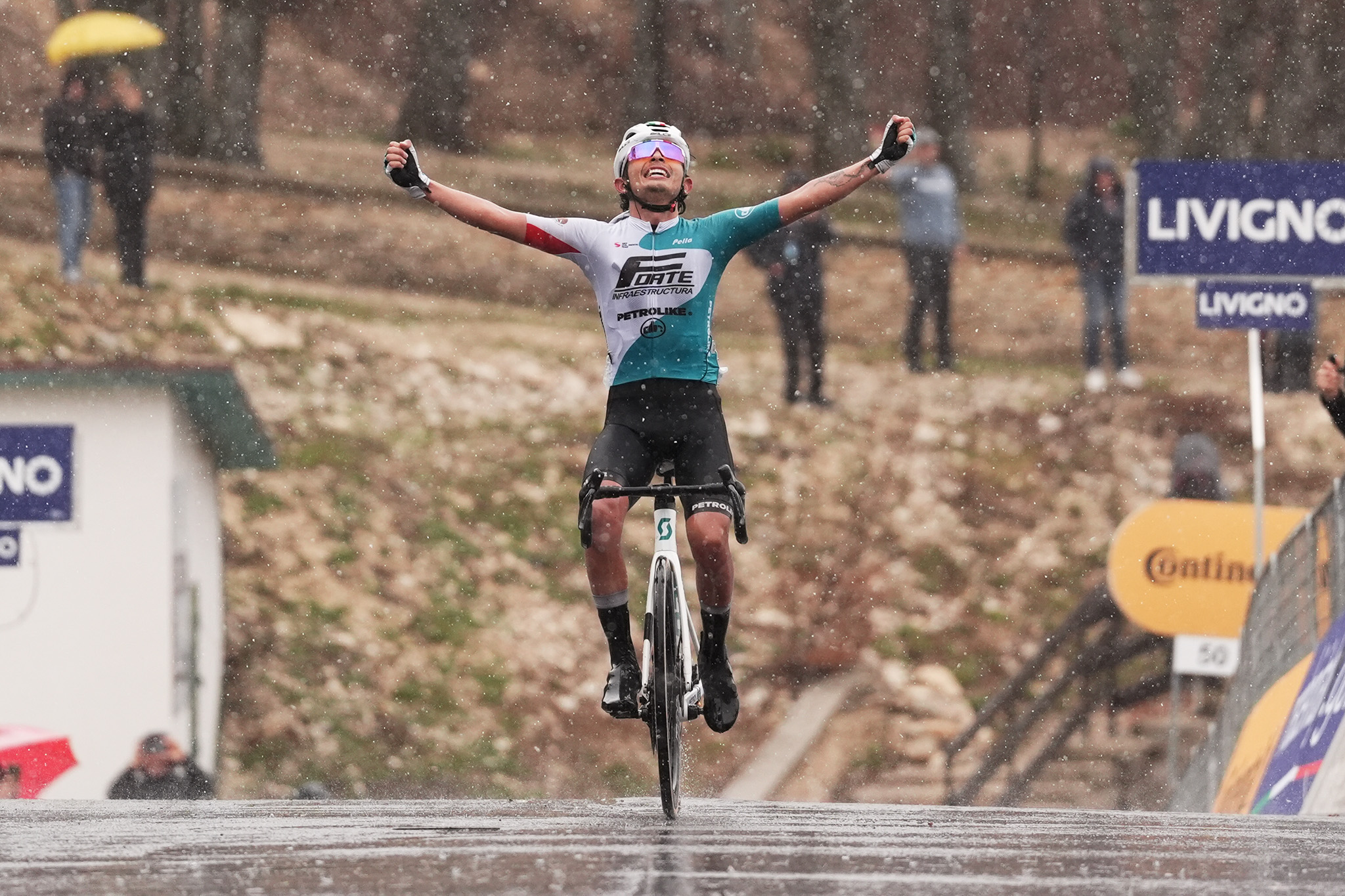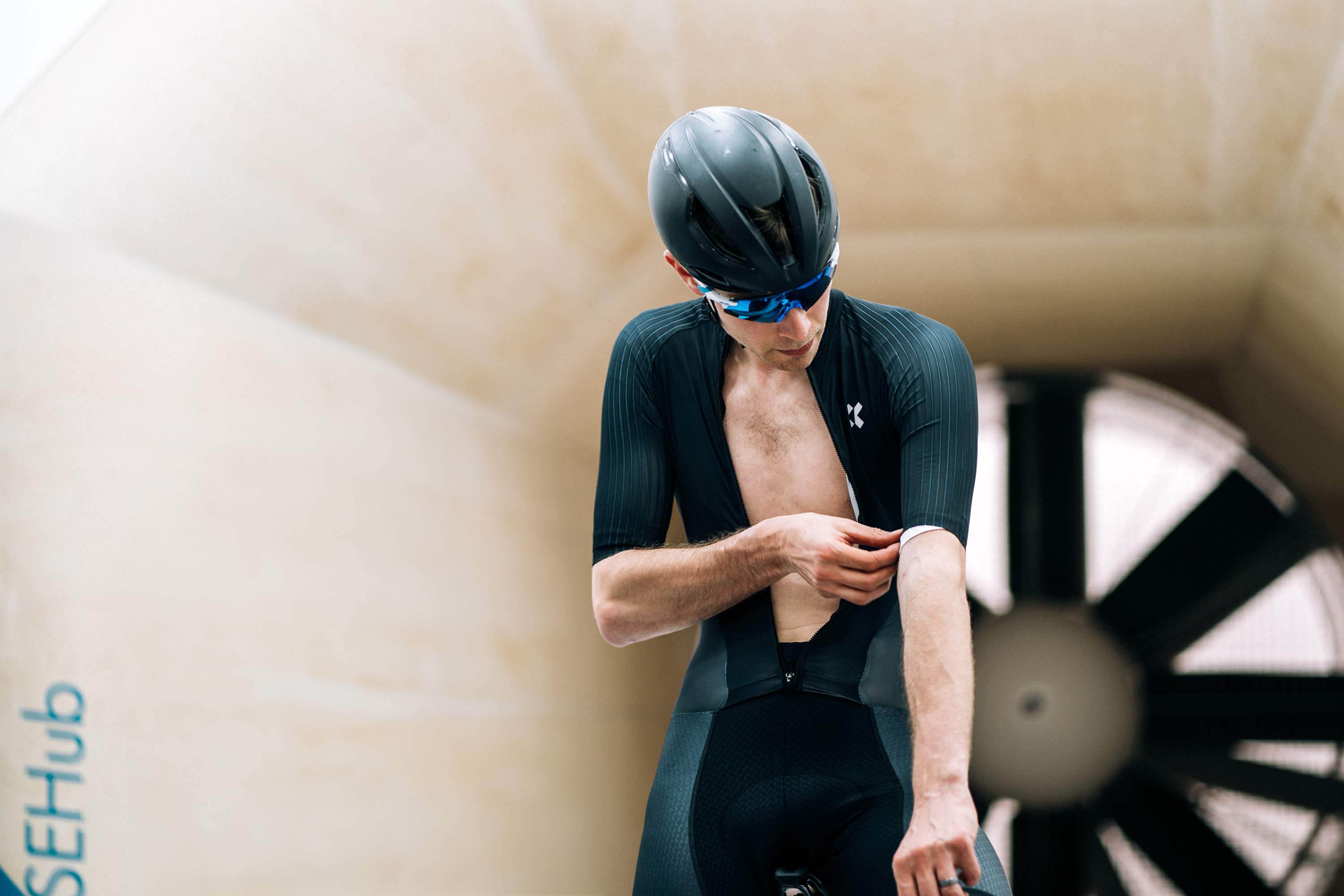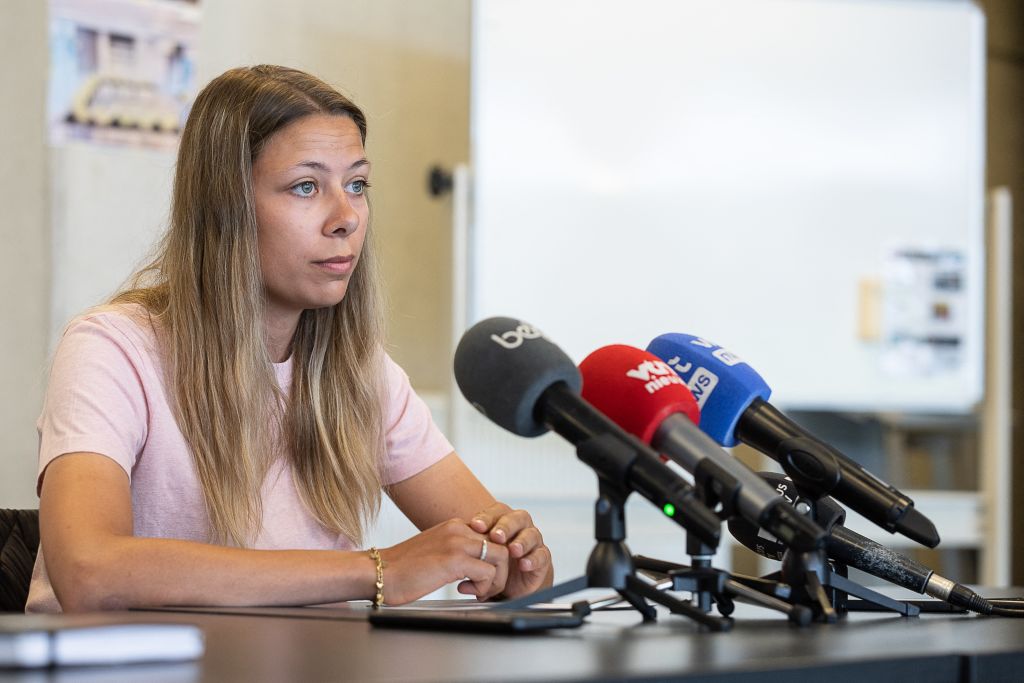Gravel racing at the Giro d'Italia - Tension rises for decisive stage 6 to Rapolano Terme
Three gravel sectors in final 50km could cause crashes, splits and time gaps on 180km Viareggio-Rapolano Terme stage
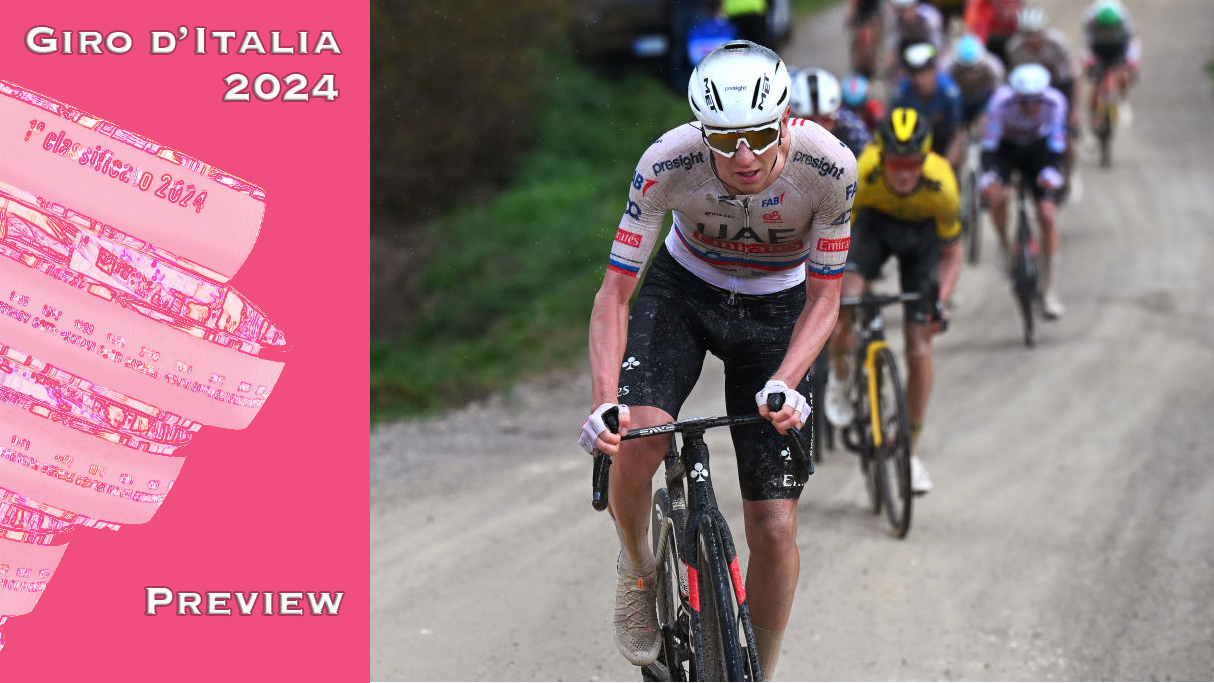
The Giro d'Italia has seen some high-speed sprints, breakaway success Pogačar attacks and the first mountain finish in Oropa but the race rises to a far more intense level on Thursday across the Tuscan gravel roads made famous by Strade Bianche.
Tadej Pogačar seems in control of the race so far, with the Slovenian leading Geraint Thomas by 46 seconds and Dani Martinez (Bora-Hansgrohe) by 47 seconds. The top 20 riders in the general classification are divided by just 2:33. Things will surely be different after the gravel stage.
It will be fascinating to see how Pogačar performs. He won Strade Bianche in early March with an 80-kilometre solo attack. Is he as strong now and will he be as aggressive?
Stage 6 will be a day of truth and opportunity, even if Pogačar does not seem overly enthusiastic.
"It's not Strade Bianche, to be honest, it's just a 'not nice' stage, I would say," Pogačar said on Wednesday.
"We need to be really concentrated from start to finish. We need to be together as a team going to the gravel sectors with great focus and just arrive to the finish line."
Pogačar, like most riders in the peloton, will opt for slightly wider tyres and lower pressures but will use his standard Colnago road bike, just as riders have done lately for Strade Bianche and even Paris-Roubaix.
"There's isn't a lot of gravel on the stage, but you'll still need to ride on a bike with all the modification necessary to avoid mechanical issues," Dario Cioni of Ineos Grenadiers told Cyclingnews as they prepared to protect and support Geraint Thomas on stage 6.
"The set-up will probably be the same as a normal Strade Bianche race. You could possibly take the risk of a lighter set-up, but that would leave you more of a chance of puncturing."
The risk of punctures and mechanicals is far higher and that concerns everyone. Team cars could be held up by chase groups and team radios might be out of range when a rider needs assistance most. Teams will have extra staff out on the course, especially with wheels at the end of the gravel sectors. It will be a stressful day all around.
Fortunately, it will be dry, with the Italian summer arriving in Tuscany this week. In 2010, when the Giro d'Italia covered similar gravel roads during the stage to Montalcino, heavy rain turned the stage into a battle of survival. Cadel Evans prevailed through the mud and rain to win the stage, but Vincenzo Nibali crashed and lost time and any chance of overall victory.
Riders have often questioned the inclusion of gravel sectors in Grand Tours because they can create tension, crashes and time losses but race organisers love them for the drama they add to the race.
"We added the gravel sectors to test the riders' bike skills - even Grand Tour riders should be able to race on the gravel," race director Mauro Vegni suggested.
"The gravel roads of Tuscany are like those of the Strade Bianche race. Many of the gravel roads in Italy, especially in the Siena area, are stunning and far better than the asphalt roads. It'll be a spectacular stage to watch on television and for the riders to race."
Stage details
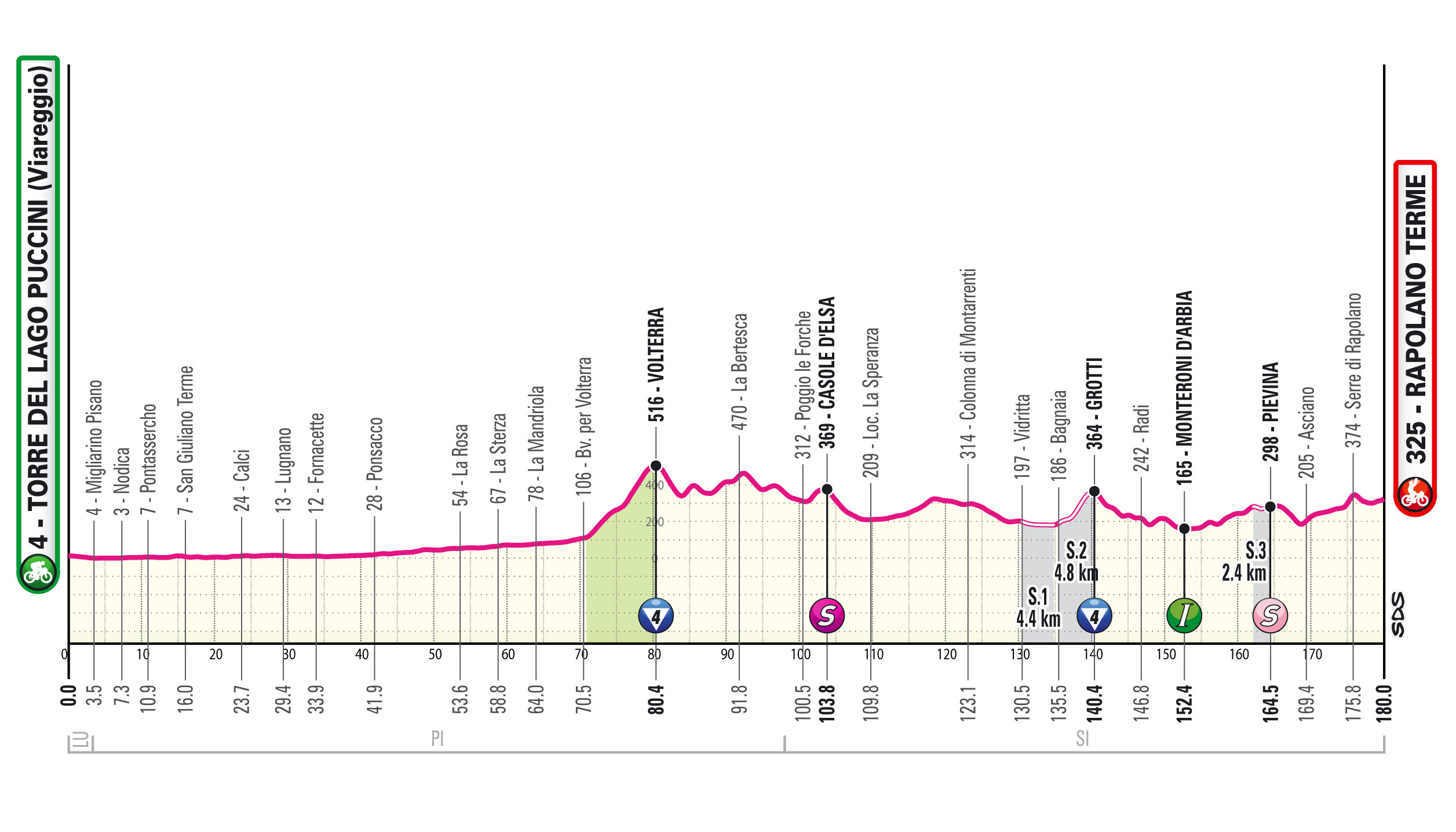
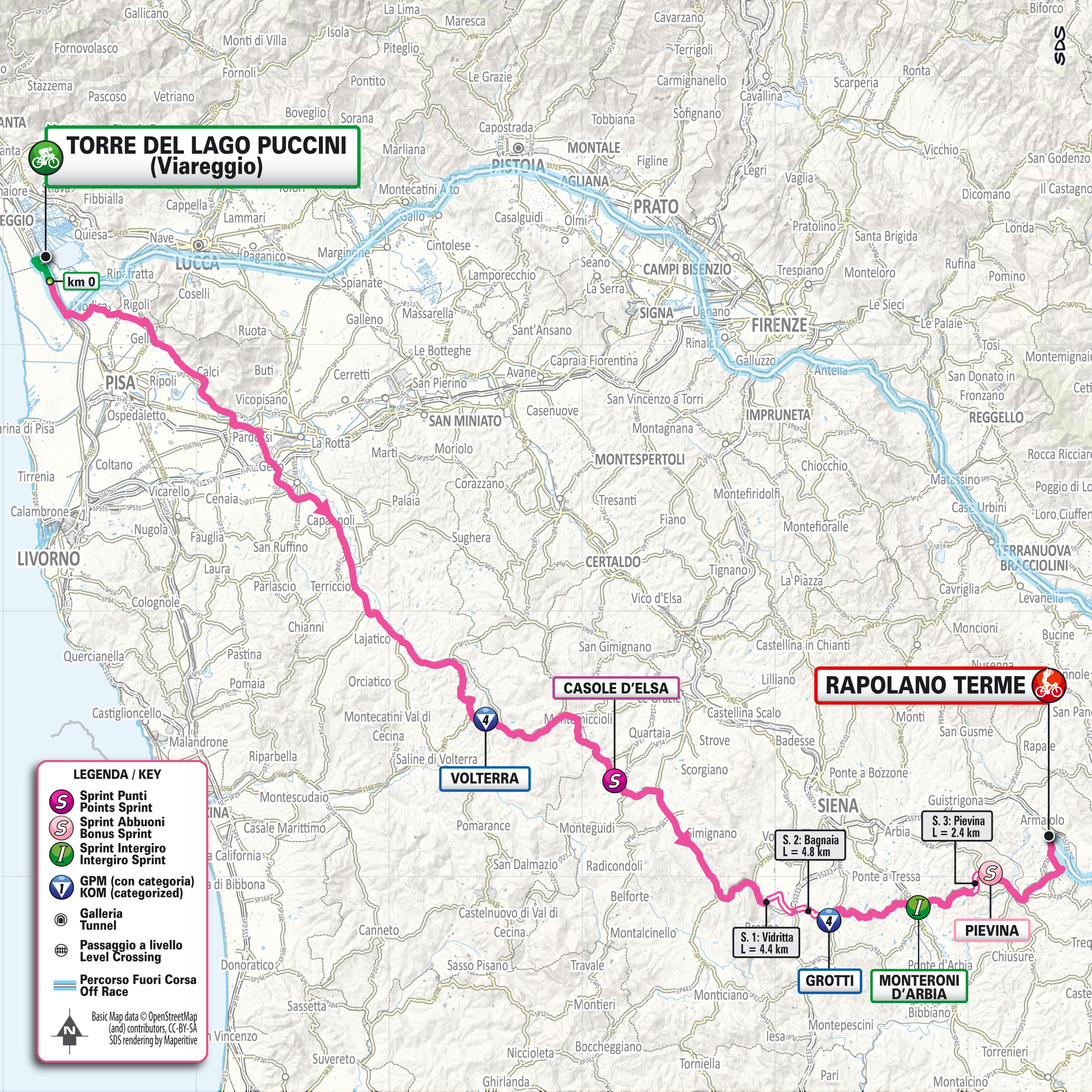
The 180km stage starts in Torre del Lago Puccini, the site of an annual opera festival honouring the famous composer Giacomo Puccini, and heads inland from the coastal town, cutting across Tuscany in a south-easterly direction, from the coast north of Pisa to south of Siena, into the stunning Crete Sienese hills for a finish in Rapolano Terme.
The stage includes 1900 metres of climbing but is a decisive day in this year's Corsa Rosa due to the Strade Bianche roads in the final fifty kilometres. There are only three sectors for a total of 11.6km but they could spark splits, crashes and significant time losses.
A break is likely to go away on the flat roads south of Torre del Lago, with the climb to Voletta the only categorised climb of the stage after 80km. The remaining 100km are on the rolling roads of southern Tuscany on country roads, with few moments of respite. There is an intermediate sprint in Casole d'Elsa before the approach to the gravel roads.
The first sector, from Vidritta-Bagnaia, is 4.4km long and is immediately followed by the 4.8km Bagnaia-Grotti sector. They will form a nasty block of 10km of gravel racing, with much of the second sector climbing up to the village of Grotti. It is a fourth-category climb but includes a sector at 15%.
The third sector to Pievina is only 2.4km long but also climbs to the hilltop and follows the ridge to Asciano, offering spectacular views. It comes just 25km from the finish. The Intergiro sprint is at the end of the Pievina sector, with three, two and one second awarded to the first three riders. They could be an extra reason to attack there.
Both sectors and the high speed they are raced will surely spark selections in the peloton and amongst the GC contenders. If anyone is distanced on the first sector, they will surely struggle to close the gap on the rolling roads to the finish. If anyone is dropped on the final Pievina sector they could lose a significant amount of time.
There is a steep 20% kick-up to Serre di Rapolano with 4.5km to go, followed by a rising finish into Rapolano Terme. The time gaps and the new general classification will only be known beyond the finish line.
Stage 6 Gravel Sectors
- Vidritta-Bagnaia, 4.4km (km 130.5)
- Bagnaia-Grotti, 4.8km (km. 140.4)
- Pievina, 2.4km (km.162.1)
Stage 6 Sprints
- Intermediate sprint, km. 103.8
- Intergiro bonus sprint, km. 152.7
- Time bonus sprint, km. 164.5
Stage 6 Mountains
- Volterra (cat. 4), km. 80.4
- Grotti (cat. 4), km. 140.4
Get unlimited access to all of our coverage of the Giro d'Italia - including breaking news and analysis reported by our journalists on the ground from every stage of the race as it happens and more. Find out more.
Get The Leadout Newsletter
The latest race content, interviews, features, reviews and expert buying guides, direct to your inbox!

Stephen is one of the most experienced member of the Cyclingnews team, having reported on professional cycling since 1994. He has been Head of News at Cyclingnews since 2022, before which he held the position of European editor since 2012 and previously worked for Reuters, Shift Active Media, and CyclingWeekly, among other publications.
Latest on Cyclingnews
-
How to watch Brabantse Pijl 2025 – TV and streaming info for Remco Evenepoel's comeback
All the broadcast information for the Friday Spring Classic -
Giro d'Abruzzo: Callejas wins stage 3 summit finish as Zimmermann takes lead
Colombian wins with 8km solo ride to the top of Roccaraso, De la Cruz rounds out stage podium -
Wind tunnel clothing test: Budget vs aero jersey, skinsuit vs super suit, socks vs no socks, and more
How many watts can you save with what you wear? -
Shari Bossuyt to race with AG Insurance-Soudal in June when two-year suspension ends
Belgian tested positive for Letrozole in 2023 blaming French dairy products for her positive test
